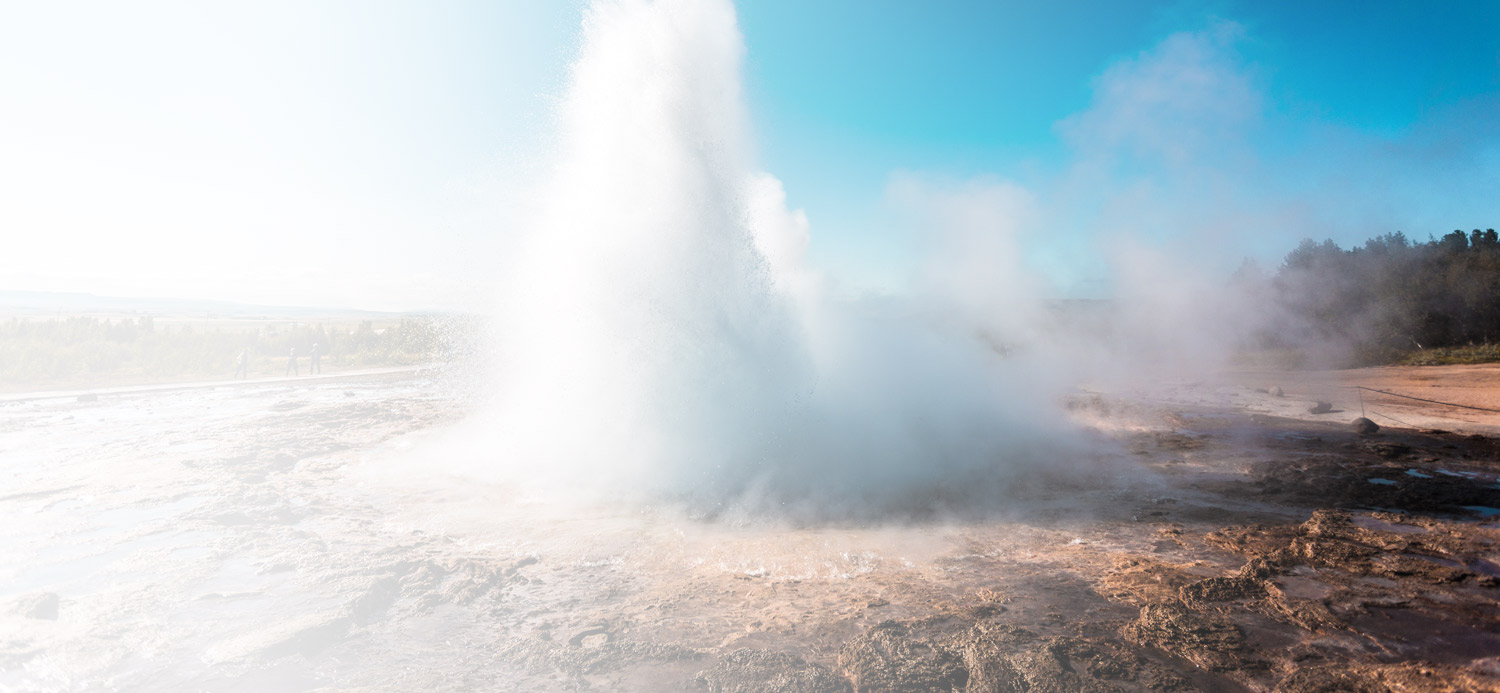
FAQ
We answer
frequently asked questions
We like to increase awareness of geothermal energy and the benefits of its use.
Ask us what you are interested in.
To see the reply, click +
How do I know where a geothermal source is located in the ground?
Assessment of areas in terms of their hydrogeothermal structures is required. Territories with high heat flow and suitable permeable geological structures are the areas of interest. The presence of water with a temperature of more than 130 °C in the defined territories are indicated by expert evaluations of existing data and seismic surveys, providing more accurate parameters of the reservoirs. The assumptions are then verified by drilling of an exploration well.
How did you select the sites for projects?
Leading geothermal energy expert James Koenig has been involved in identifying PW Energy’s concessions. In the districts of Žiar nad Hronom and Prešov, we have identified locations with the required temperature (including the geothermal gradient – temperature increase with depth – exceeding 40 degrees Celsius/kilometre), as well as identified strong indications of water reservoirs. The potential of efficient multipurpose use of geothermal energy, which is available in both locations, is also a prerequisite for suitability of the sites.
How a geothermal well is drilled?
We reach a depth of more than three kilometres by using special drilling technology. The drilling process of a well is a precise process requiring several weeks under the supervision of field professionals. After transferring its energy, the extracted water cools down and is reinjected back into the reservoir through reinjection wells.
What is the life span of a geothermal resource?
With regular maintenance and proper utilization, the expected life span can be decades. The long life span of the resources is ensured by reinjection of cooled water back into the underground reservoir.
Can a geothermal well cause an earthquake?
Processes related to geothermal energy extraction are safe. Minor quakes which can only be detected by sensitive devices occur only in intensively exploited locations. This effect is not related to the drilling process itself, rather relates to changes in pressure in deep subsoil when the extraction and reinjecting of the geothermal water is too intense.
Do geothermal power plants and heating plants produce emissions?
Geothermal power plant or heating plant do not use conventional energy sources, thus produce just a minimum fraction of emissions. Compared to fossil fuel facilities, geothermal produces 99 percent less carbon dioxide (just 0.63 kg per kilowatt hour of energy) and 97 percent less sulphuric compounds, which contribute to acid rain. By proper reinjection, these emissions are reduced to zero. This is also a reason why geothermal energy is considered an environmentally friendly resource.
Why is geothermal energy considered a renewable energy source (RES)?
It is classified as a RES due to its virtually inexhaustible amount of energy that is stored within the depths of the Earth. In the production areas, cooled water is reinjected into the reservoir and circulates in a loop. The total geothermal energy potential at a depth of 10 kilometres is 50,000 times greater than the global oil and gas reserves energy potential.
What are the impacts on the surroundings and the environment caused by geothermal energy exploitation?
A small area of roughly one hectare is sufficient to implement a fully operational geothermal power plant or heating plant. Operation does burden the surroundings in any significant way – by noise nor emissions. Minerals and gases contained in the geothermal water do not leak into the environment but are either reinjected in a closed loop or processed for industrial application.
How will the residents in regions benefit from the projects?
The main benefit is green electricity and heat supply for households with virtually no emissions, contributing to the mitigation of environmental burdens created in the past and a much healthier and cleaner life. Clean and renewable energy sources are also a new trend. The transfer towards a carbon neutral society is the EU goal, demonstrated by the EU countries’ commitments to carbon reduction. Last but not least a considerable benefit is the overall positive impact on the development of the region.

Didn't you find out everything?
Send us a message and we will be happy to answer any other questions.
info@pwenergy.skNedozvedeli ste sa všetko?
Napíšte nám a radi zodpovieme aj prípadné ďalšie otázky.